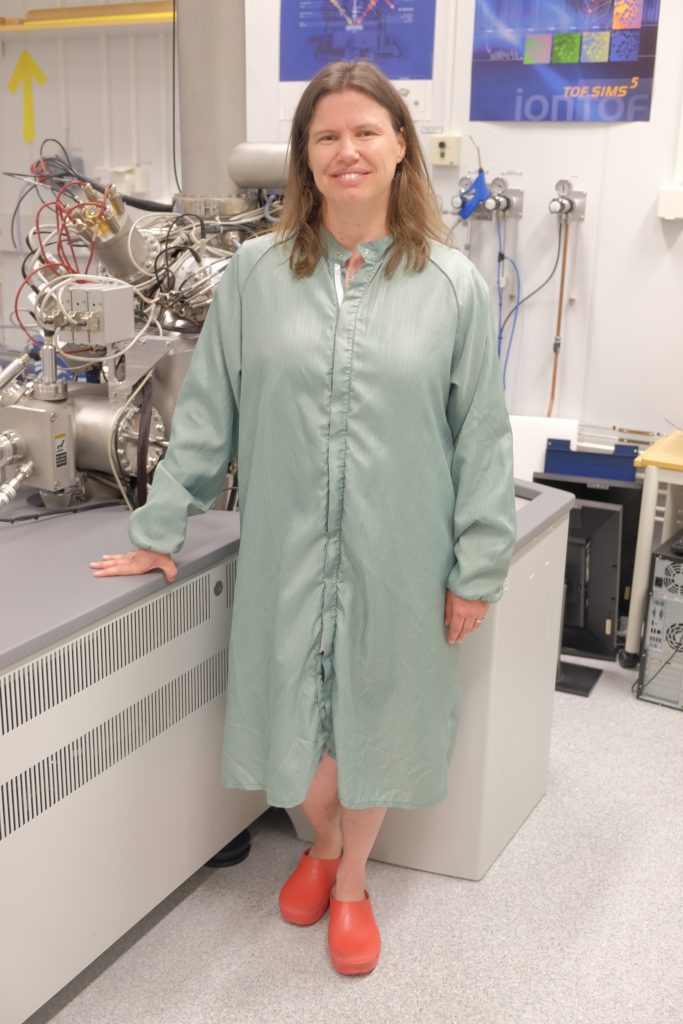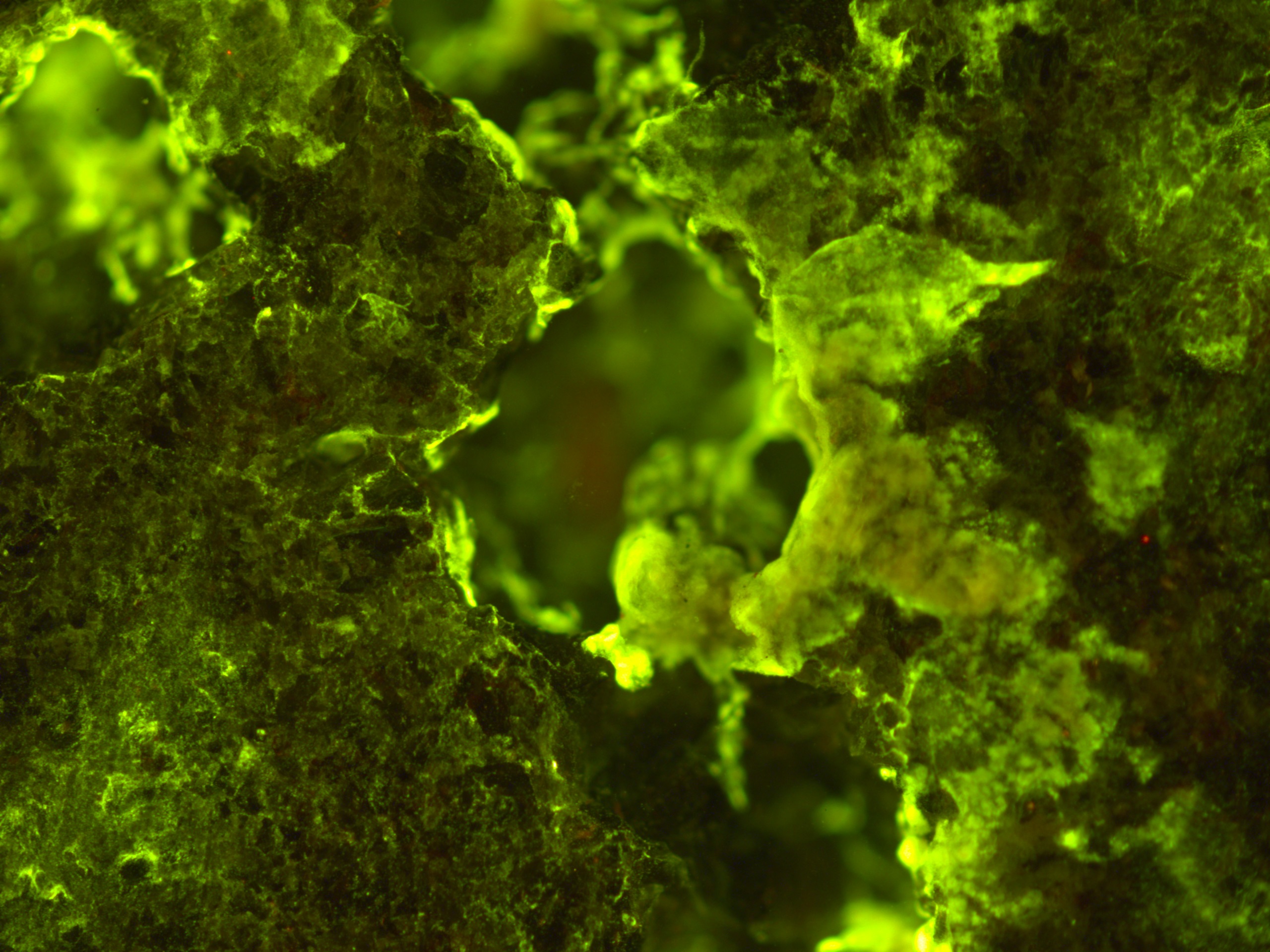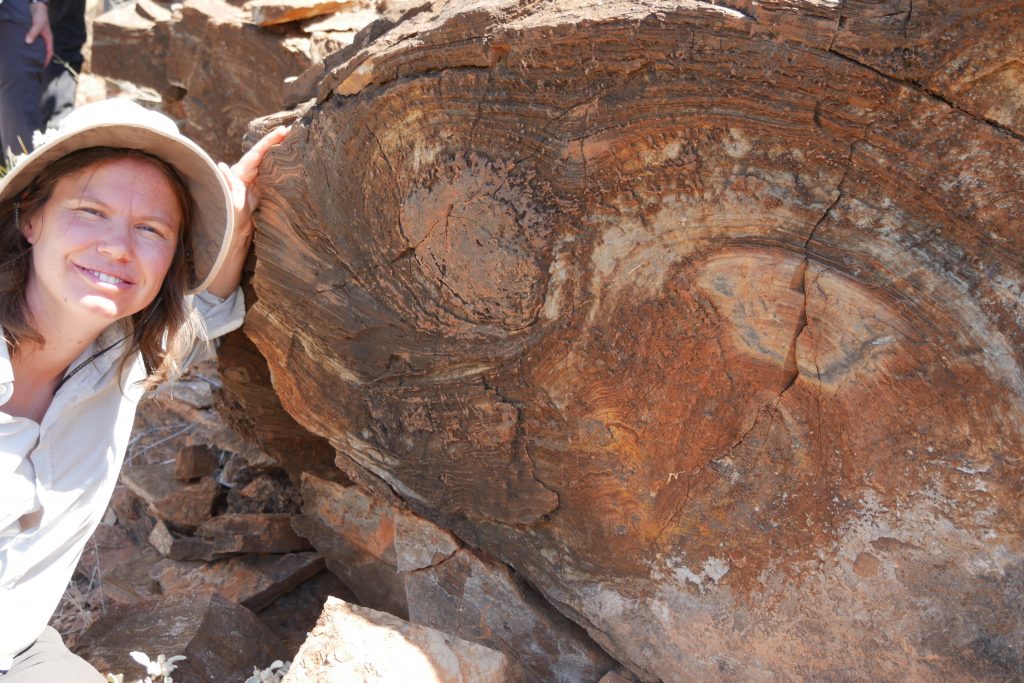Sandra Siljeström works for Sweden’s research institute RISE and has more than a decade of expertise in organic geochemistry. “Bring it to me now!” she dreams of saying one day, after remotely analysing a rock spotted in Mars by NASA’s Perseverance rover.
Not any sample from Mars would do. “What I am hoping to find is a rock with organic matter in it,” she explains.
Sandra is one of five European members of NASA’s Mars 2020 science team. From her home base in Sweden she confesses to feeling excited and honoured. “It is very important to have Europe taking part in this mission, and keeping the discussions open,” she adds.

Sandra Siljeström in the lab in front of the ToF-SIMS, an spectrometer for surface analysis using a pulsed ion beam. Credits: Sandra Siljeström
The role of the science team is to provide the best information and context about the samples. One added competence of the European members is in the field of organic geochemistry – the study of molecules that have carbon atoms in rocks.
The mission will help understand the geology of the landing site and identify which resources could be useful for human exploration.
Surprises await
Sandra has little doubt, “there will be surprises when we land on Mars”. Her focus is on trying to identify the organic material in the martian samples, and determine whether it is indigenous and linked to life.
The martian meteorites she has in the lab are the ‘guinea pigs’ of her research. Using a number of techniques and devices, she gets a chemical image of the sample in her quest to understand the history behind the meteorite.
“I hope I can provide a link between all the exciting missions heading to Mars.”
Sandra is not only a full member of the science team for Mars 2020 – she is also involved in MOMA, the largest instrument in the ESA’s ExoMars rover, and takes part in working groups for the Mars Sample Return mission.
MOMA will target biomarkers to answer questions related to the origin of life on Mars, and taught her how to work as part of big teams with as many as hundreds of scientists involved.
“The road to Mars is a like a long-distance run that is best to do together,” she concludes.




